Can we reopen museums on weekends? This is the question that Finestre Sull’Arte posed to the directors of some major museums throughout Italy. With data on Covid-19 contagion becoming more comforting, with institutions now fully compliant with safety regulations, and with the public showing great discipline and observance of the rules, the reopening of museums on holidays becomes not only feasible, but also desirable, to truly give everyone the opportunity to return to cultural venues. Museums have proven themselves to be safe places, and it is unlikely that, in the absence of tourism, their opening on holidays would unleash such a load on public transportation and sociality as to make one fear for the course of the epidemic: the museums that have already reopened show that the numbers are entirely manageable, especially in small towns.
Returning to museums on weekends would mean helping people get reacquainted with the places of culture, giving the opportunity to visit them even to those who work during the week, offering a first, small incentive to the restart of that proximity tourism that will be one of the paradigms of traveler flows for this year as well: short outings, of a day or at most a weekend, to discover the heritage that surrounds us. So are we ready for museums to restart on Saturdays, Sundays and holidays as well? Could this be a positive move? Have museums organized themselves?
The landscape, from north to south, is varied. Let’s start the journey from Rome: at the Colosseum Archaeological Park (Italy’s most visited museum institution, reopened since Feb. 1), director Alfonsina Russo is confident: “The reopening during the week,” she explains to Finestre Sull’Arte, “is already a positive sign of hope and restart. However, I am thinking of the workers and their families, who have schedules that are incompatible with the openings of cultural venues. I hope that soon, if landamento of the contagion curve allows, we can also reopen on weekends, to give more people the opportunity to enjoy the history and beauty of the Colosseum Archaeological Park.”
Also convinced of the desirability of opening museums every day is Valentino Nizzo, director of the National Etruscan Museum of Villa Giulia, another of the capital’s busiest museums, among the most active online during the long weeks of its closure, and reopened since Feb. 2. “Reopening museums also on weekends,” says Nizzo, “would be a very important signal and, at the same time, an invitation to enjoy one’s heritage at a time when we are all forced to give up something in the collective interest. The conditions to do it safely are there, at least in those realities such as Villa Giulia that do not have the problems of large attractions. Culture has always generated wealth, and in the current circumstances the role of essential public service that has rightly been attributed to museums should be even more guaranteed. So as to provide an original alternative to those who are not in the habit of frequenting our places of memory and who, precisely because of their openness, might be induced to finally consider them a viable alternative to shopping malls or all those ephemeral places of delight that many continue to prefer to spend their leisure time. Inclusion, well-being and invitation to active participation in heritage constitute our daily mission. We trust soon that this can also be the case on weekends.”
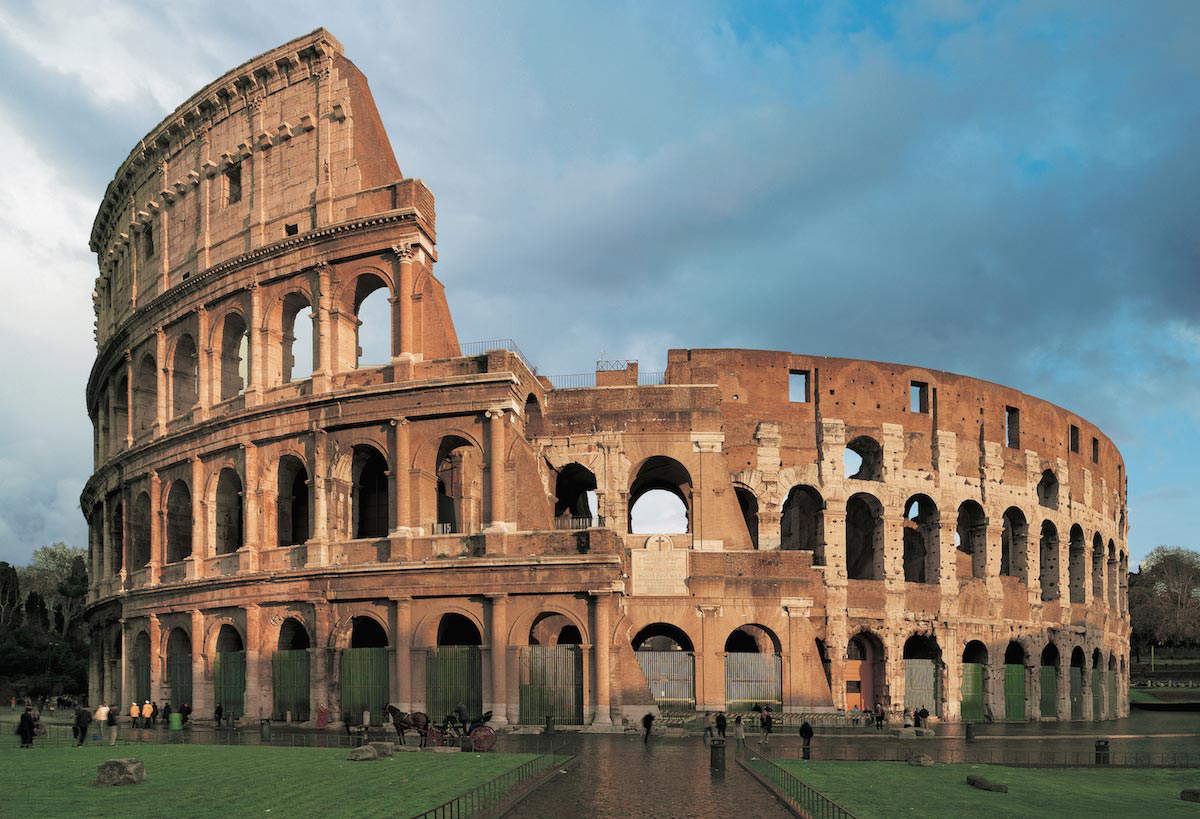 |
| The Colosseum |
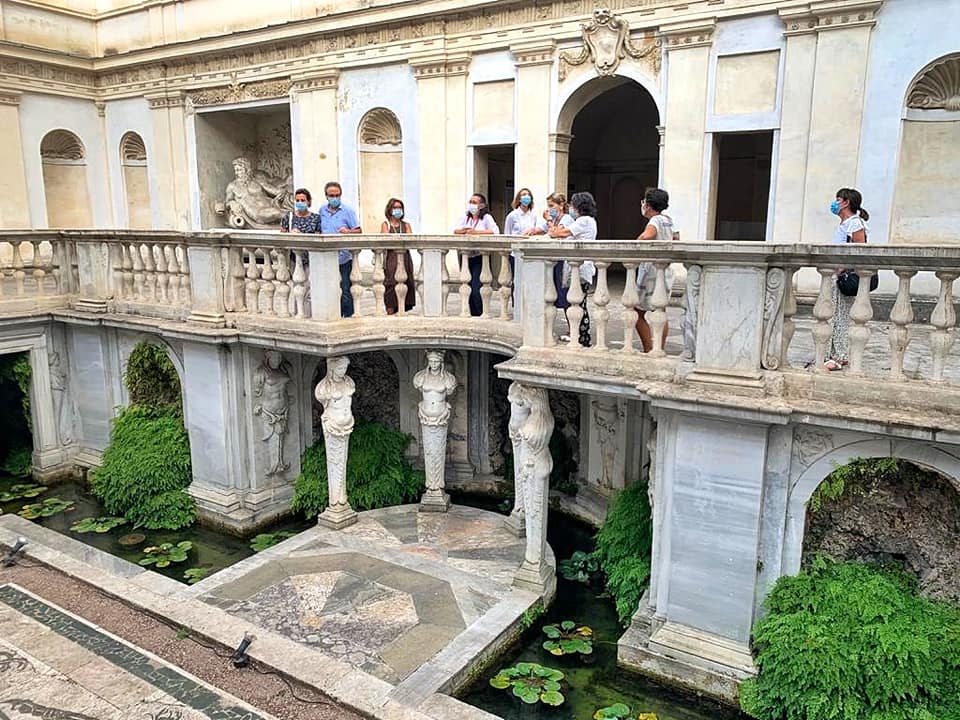 |
| The nymphaeum of Villa Giulia |
Let us resume our journey from northern Italy and move to Turin, where Enrica Pagella, director of the Royal Museums of Turin, also agrees on weekend reopenings: the Piedmontese institution also reopened to the public on February 2. The director’s reflection focuses above all on the public: “Disappeared the tourists,” she explains, “our public is at this stage above all a public of proximity, for whom the museum can represent an experience of consolation and entertainment in a time suspended and saddened by the pandemic. The possibility of opening on Saturdays and Sundays as well means that we can also accommodate those who work, and especially families, offering them, precisely at this time of minimal mobility, the chance to travel at least with their imagination through history, into the wonderful world of shapes, colors and stories enclosed in the architecture and collections of the Royal Museums, ranging from prehistory to the modern age. Not to mention the exhibitions dedicated to two great masters of modernity in the absolute sense: Robert Capa and Raphael. Therefore, we hope that soon, even in museums, the rhythms of normality, which we all need, can be found again.”
From Piedmont to Lombardy, where the capital, Milan, is quivering to permanently reopen its museums. We have given space to the speeches of the city’s culture councilor, Filippo Del Corno, who has scheduled the reopenings of the civic museums (which will return to welcome the public soon) and has also written a letter to the president of the council in charge, Mario Draghi, asking him to prioritize the reopening of cultural venues. But there is also a push outside Palazzo Marino to reopen on Saturdays and Sundays. We heard from Emanuela Daffra, director of Lombardy’s Regional Directorate of Museums, who is responsible for several cultural venues in the region (from the Cenacolo Vinciano, which reopens Monday, Feb. 8, to the National Park of Rock Engravings, from the Scaliger Castle in Sirmione to the Certosa Museum in Pavia). “You ask ’can we think about reopening museums on holidays?’ The answer at first glance is ’certainly.’ In the past months we have set up routes such as to avoid overlapping flows, identified maximum numbers, when necessary reservation quotas, provided the temperature scanner, arranged disinfectant gel dispensers at strategic points, trained staff by equipping them with appropriate personal protective equipment. This articulated but broken-in system works equally on holidays as on weekdays. However, I believe that a more comprehensive reflection is needed. The past months have also greatly affected work patterns. Smart working, working from home, distance learning bring with them an unprecedented scanning of time. The ”time off on the weekend“ pattern is perhaps no longer the only one we have to deal with. Therefore, it seems to me that we need to be very careful and vigilant in interpreting new needs and modalities, combining them with the needs of health security and perhaps, in a few months, pose the more complex issue of different opening hours, perhaps coordinated and planned on a territorial basis.”
A restart is also planned at the Diocesan Museum "Carlo Maria Martini,“ which has been very active on the online, with many initiatives that have not failed to make the public miss the museum’s presence. ”We will reopen on February 16," the director, Nadia Righi, lets us know, “and for now, as provided by the latest dpcm, we will open with our usual hours only from Tuesday to Friday. We have been organized since May in such a way that visits to our halls can take place in total safety and, also thanks to the possibility of booking tickets, we have never had situations of assemblage. We hope, therefore, that the next dpcm may allow the museums to open on weekends as well, thus finally giving those who work the opportunity to come and visit as well.”
This is a hope also shared by the Poldi Pezzoli Museum (open again as of Feb. 4), which believes that reopening on weekends is extremely important. This is what director Annalisa Zanni told us: “We hope for an opening also during the days of Saturday and Sunday, which is fundamental, not only in terms of economic sustainability, but above all to allow those who work, remotely or in attendance, to be able to enjoy the Museum during the weekend, when people usually do not work, and likewise for the children, for whom at these times the school cannot provide extra-curricular outings.”
Of the same opinion is, moving from Milan to the region, Stefano Karadjov, director of the Brescia Musei Foundation: the Foundation’s museums have not only already reopened, but have done so for free, until February 26. “The reopening of museums and exhibitions on weekends as well,” says Karadjov, “would represent on the part of the newly formed Draghi government a gesture of confidence in the professional work that these institutions of culture have done over the past 10 months to ensure the most complete safety of visitors.” The director also provides some interesting anticipations: “To what transpires so far from the new prime minister’s consultations with respect to the attention that will be paid by the executive around the tourism and cultural economies, which together are worth about 15 percent of the national GDP, bodes well. The reopening of museums should also be accompanied by a policy to boost demand: this is what our Brescia Museums Foundation is adopting with free admission to museums and exhibitions throughout February and the launch of educational activities for teenagers, a social group that has suffered the most in the past year.”
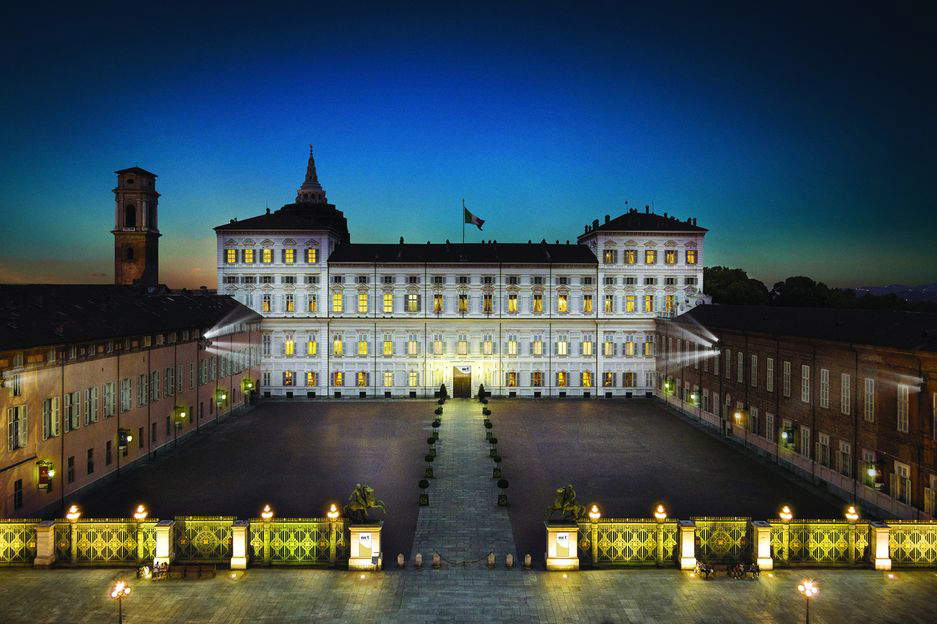 |
| Turin, Royal Palace |
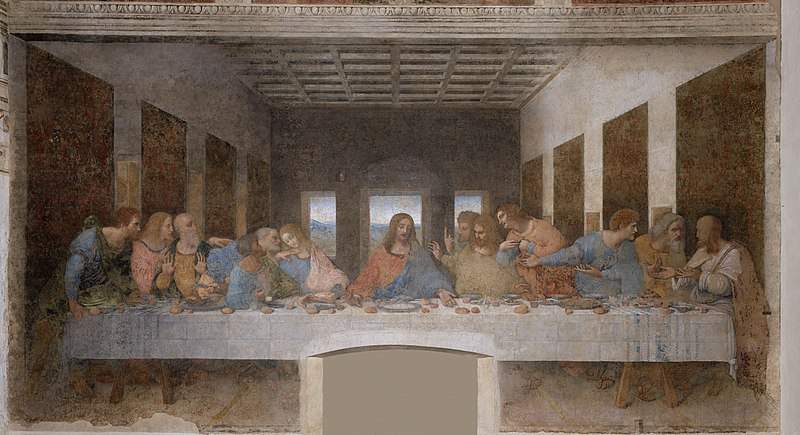 |
| The Last Supper by Vinciano |
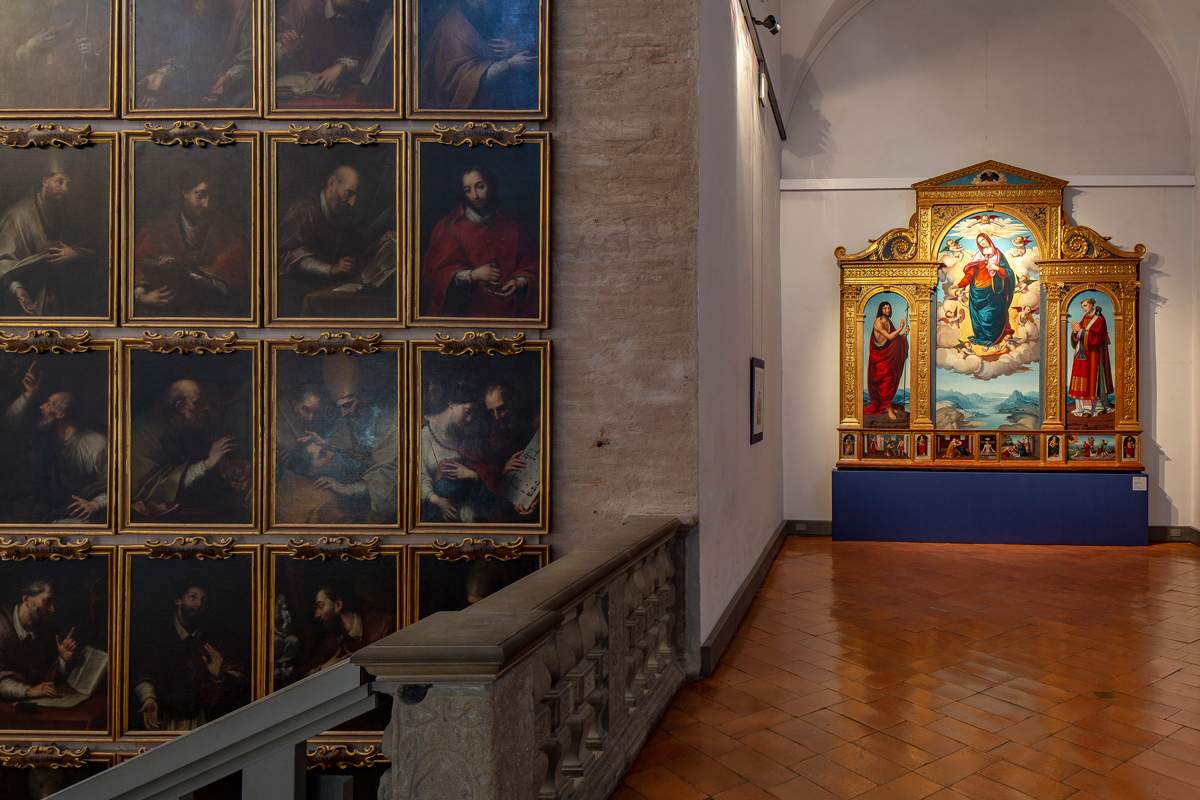 |
| The Diocesan Museum in Milan |
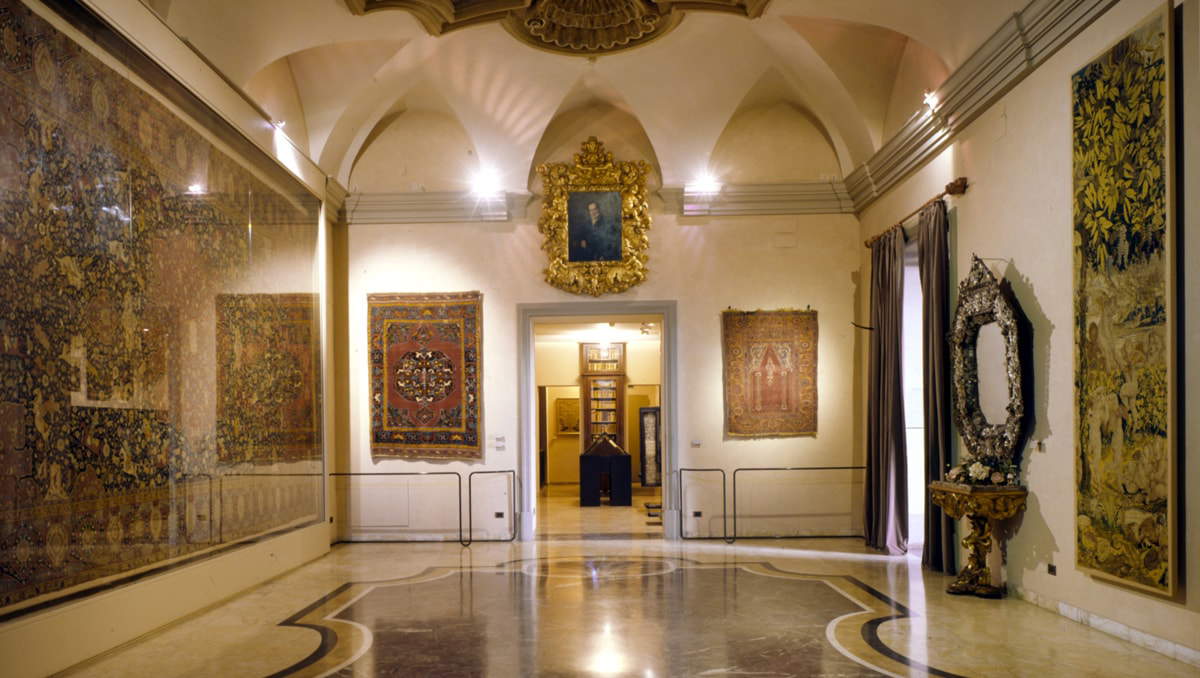 |
| The Poldi Pezzoli Museum of Milan |
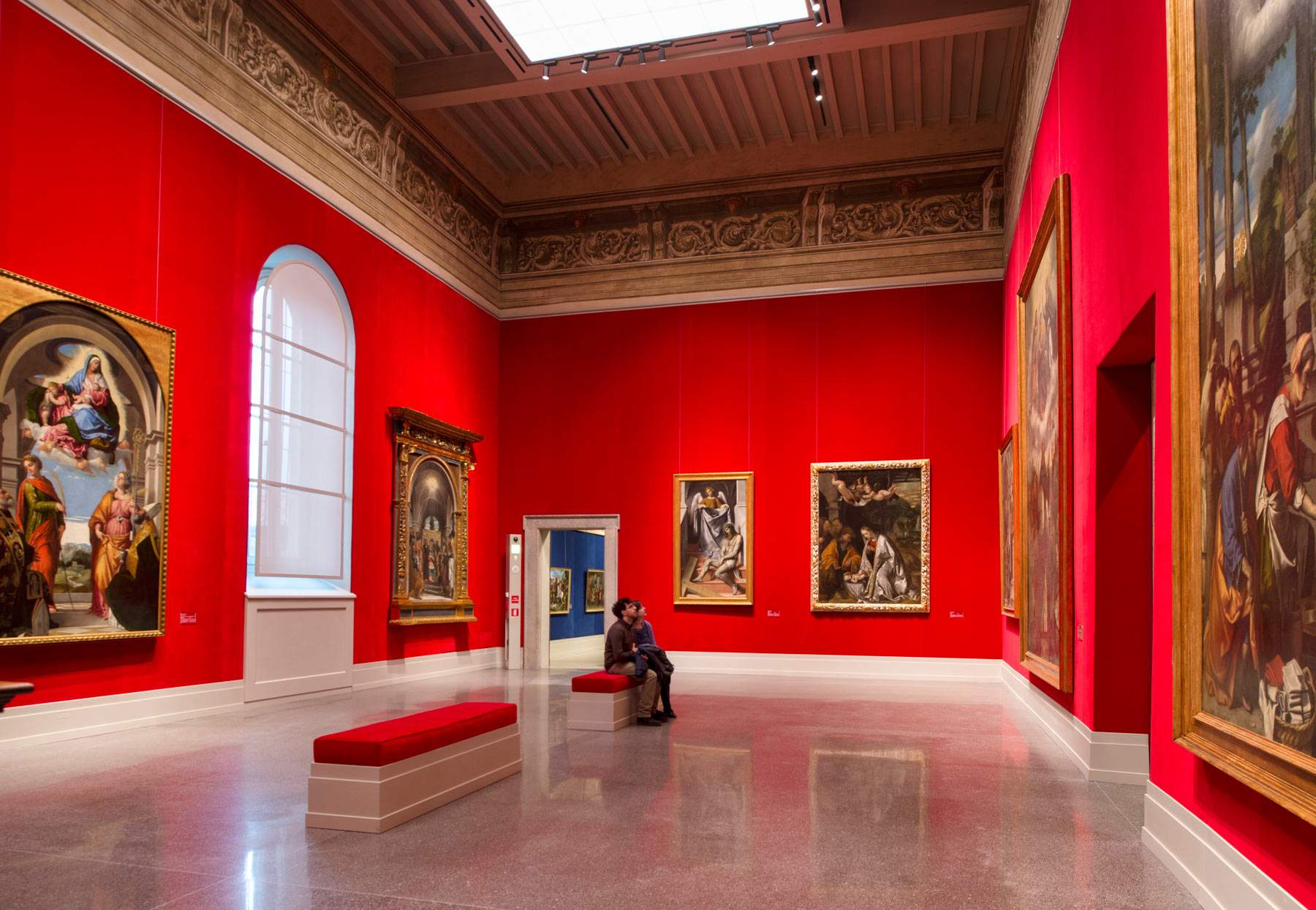 |
| The Tosio Martinengo Picture Gallery in Brescia |
A tour of the other regions of northern Italy communicates similar feelings. It begins in Liguria, where Serena Bertolucci, director of Palazzo Ducale (reopened Feb. 1), believes reopening on Saturdays and Sundays is a necessity. “Not only do I think it is possible,” she explains, “but I think it is necessary if we really believe that culture is an essential service. Management like the one we have to stick to goes openly against a basic principle of cultural places, which is the duty to accessibility. With weekly openings (which are then less and less weekly, in the sense that they have become for some managers and administrators the perfect alibi for not opening and for proposing schedules that I would at least call singular: ’if there are no tourists what are we opening for’, ’if people are going to work what are we opening for’, ’if schools nn are there why be open’ ... and so on), we certainly fail to meet the needs of what is our target audience today, and that is the proximity audience. We as the Ducal Palace are implementing a whole series of initiatives such as extending hours until 9 p.m., lunchtime guided tours, we are organizing for early morning openings, but it is not enough. Because this is a challenging time: we have to consolidate cultural needs uncovered in recent months or awaken slumbering ones, we have to restart a machine that is vital not only for the dignity of people who work in culture, but for all citizens. And then the museums to open on weekdays already abide by those rules that can guarantee their safety on holidays: admission by reservation, online ticketing, spacing, thermoscanner. So we are ready, the public is ready, and let’s not forget that culture cares.... it is a duty to reopen.”
Laura Dal Prà, director of Buonconsiglio Castle in Trento, which was among the first to reopen last Jan. 19, as Trentino was one of the first regions to return to the yellow zone, also hopes to welcome the public again on the weekend: “My wish and hope is that the museums can open as soon as possible even on holidays. The Castello del Buonconsiglio, after the first lockdown that lasted from March 8 until June 2, has adapted to the anti-infectious rules by respecting all protocols, from the compulsory online or telephone reservation, to the quota of the public by time slots, to the ’obligation to wear masks, to the measurement of fever, to the sanitization of hands, organizing a specific visit route inside the museum in order to avoid assemblages. The numbers of admissions recorded in these first weeks of reopening are really modest, conditioned, of course, by the ban on travel between regions, that relating to school users, and the invitation to the elderly population to go out as little as possible. It would be important to quickly reach the possibility of opening on Saturdays and Sundays, considering that with the security measures mentioned and already widely tested with excellent results, the museum would have no problem welcoming in serenity families and people who could enjoy a bit of art and culture on weekends, since during the week many are busy at work.”
Continuing eastward we come to Verona, where Timoty Leonardi, who has just taken office as Project Manager of the Capitular Library Foundation after having been director of the Museo Tesoro del Duomo Foundation in Vercelli, has no doubts: “Our priority is to recover the direct relationship with our proximity users, hoping to reopen on holidays as soon as possible. Museums stimulate the imagination, are inspiring, and create connections between visitors and social networks. People need to be able to start breathing culture again. We need to see visitors’ eyes sparkling again at a work of art or a medieval miniature.”
She hopes to open on weekends Andreina Contessa, director of Trieste’s Miramare Castle (reopened Feb. 1: her Park, on the other hand, has never closed), who reasons in terms of the composition of visitor flows: “Certainly I would agree with the reopening of museums on weekends. However, I believe that this decision to limit the opening to weekdays is aimed at avoiding potential gatherings and unnecessary displacement of people during a period that is still difficult due to the dangers related to the pandemic. However, it should be pointed out that both the season and the particular social contingency make large crowds unlikely. The audience, in fact, is essentially one of proximity. This is why I hope that it can soon reopen on weekends because these are the days in which families can move around and in which it is easier to organize small appointments or guided tours, which in this long period have necessarily been suspended, with all precautions and in compliance with security measures.”
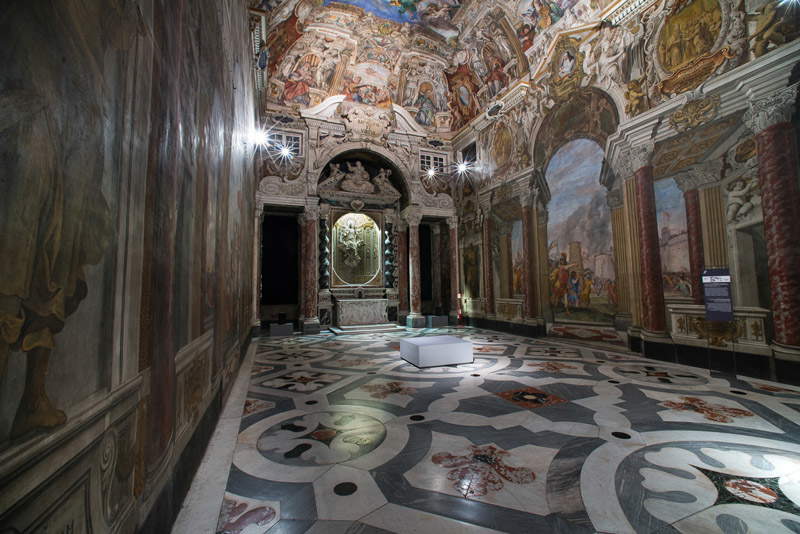 |
| Genoa, Palazzo Ducale, the Doge’s Chapel |
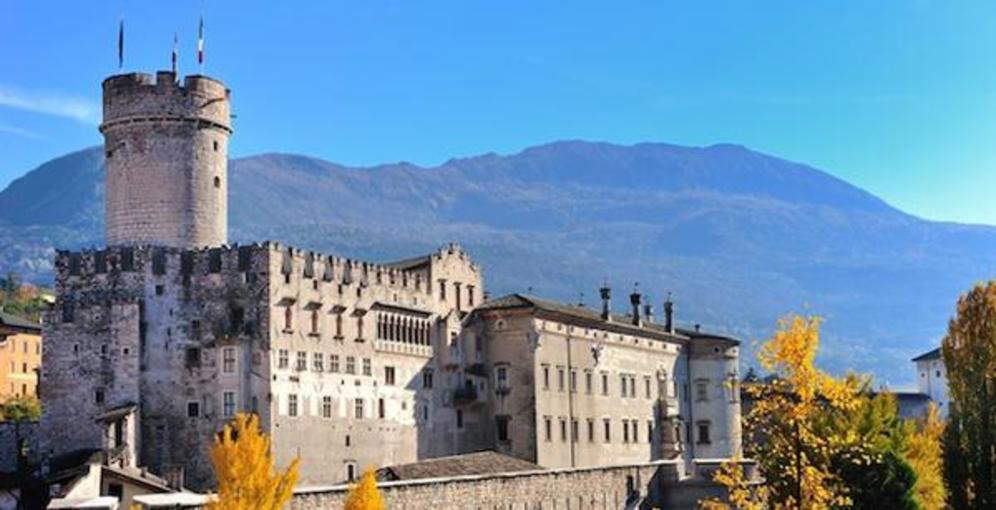 |
| The Buonconsiglio Castle |
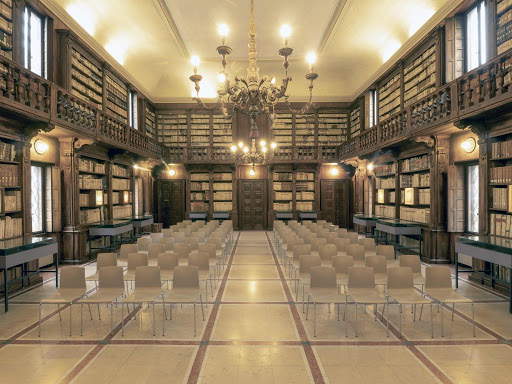 |
| The Capitular Library of Verona |
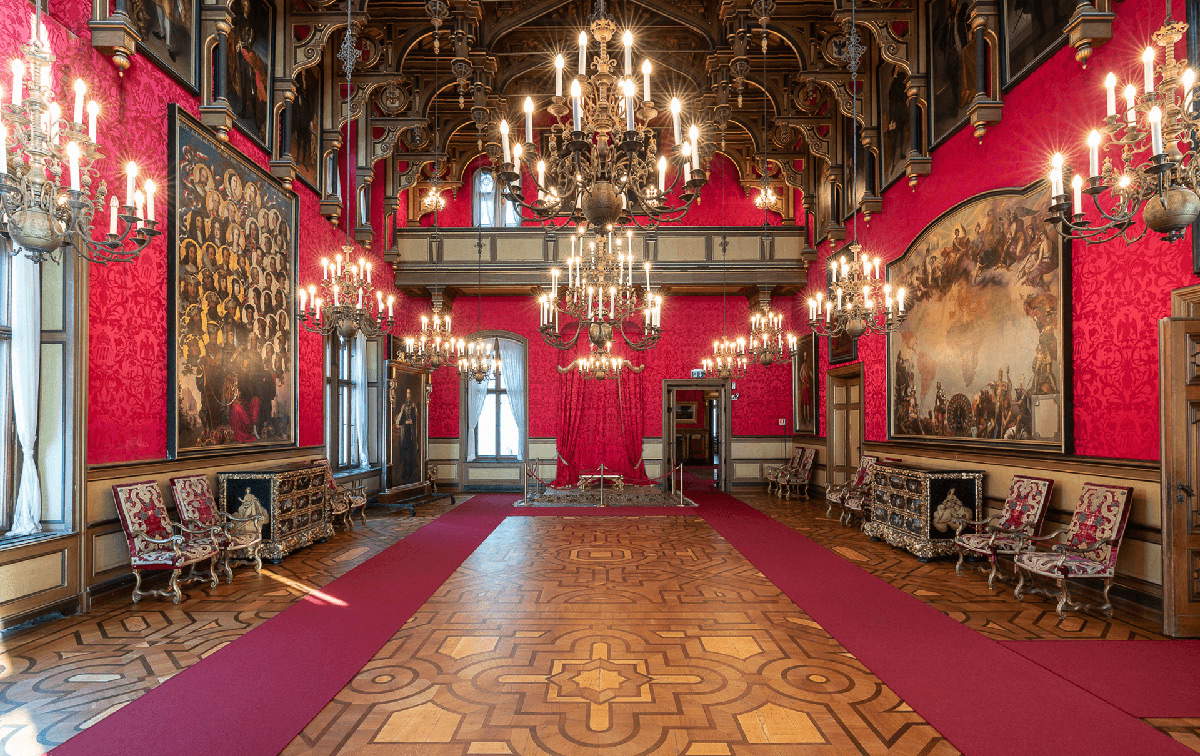 |
| Miramare Castle in Trieste, Throne Room. Ph. Credit Fabrice Gallina archive PromoTurismoFVG |
Moving on to Emilia-Romagna, in Bologna, Fabio Roversi-Monaco, president of Genus Bononiae, an institute that brings together several of Bologna’s museums (from Palazzo Fava to the Museum of the History of Bologna in Palazzo Pepoli), was among those who were most vocal during the weeks of closure and agrees that they should reopen on holidays: “The hope,” he declares, “is obviously to reopen the doors of the museums on weekends as well, days when the stringent security procedures already scrupulously followed on weekdays, from reservations to access quotas to spacing out, would be respected. It is quite clear that closing museums on weekends creates discrimination against those who cannot attend them during the week for work reasons. There is a huge need for beauty, cultural nourishment and escape from the routine of a daily routine with narrow boundaries (what is creating a certain psychological distress across the population, as the media have been reporting to us in recent weeks): this is demonstrated by the hundreds of requests for reservations we received as soon as the news of the yellow zone in Emilia Romagna broke.”
Also in agreement is Pietro Di Natale, director of the Ferrara Arte Foundation, on which Ferrara’s museums depend, including the Palazzo dei Diamanti, which reopened on February 1, registering nearly 700 visitors in its first days of opening. Is it possible to reopen museums? “Absolutely yes,” Di Natale replied, "because our rules apply to every day. At the Palazzo dei Diamanti we follow a document that responds to the Covid Regulations applied to our spaces, to a protocol written by the Prevention and Protection Service Manager that is very detailed and applies to all days: it doesn’t only apply from Monday to Friday, but also to Saturday and Sunday. We have a set of requirements, so it’s hard to see why these can’t also apply to the days with the highest expected attendance. Now there are still closed regions so anyway the attendance is always limited, however, Saturday and Sunday are the same as other days. We have quota entrances (15 people every 15 minutes) in relation to the capacity of the halls, compulsory temperature measurement at the entrance, compulsory face mask for audience and staff, continuous recommendation for distances, recommended reservation, sanitizers at all entrances with related signage, daily sanitization of the rooms (in the bathrooms twice a day and in the whole gallery once a day). We have also adopted a protective membrane that is applied to the surfaces: it is a self-sanitizing film, so it is antiviral and antibacterial, which we have put at a substantial expense in all the lockers, in the handles, on the ticket counter. We used almost exaggerated scrupulousness.... With these measures it seems clear that it doesn’t change whether it’s Monday or Saturday. We have all the rules in place and beyond, because for example this anti-viral and anti-bacterial membrane is an investment we made precisely to make the museum and exhibition spaces even safer.
From the north to the center: even Florence willingly waits for Saturday and Sunday visitors. “These days,” says Eike D. Schmidt, director of the Uffizi Galleries reopened Jan. 21 (with more than 7,000 visitors the first week), “we have noticed a great thirst for culture here at the Uffizi. 7,300 in the first six days alone. I am convinced that we should reopen the museums on Saturdays and Sundays as well, and indeed we should do it soon to allow us to better plan and dilute the flows. And not only that, because among the important reasons for going beyond weekday opening is the need to meet the needs of working people: not everyone can take a break or even a day off to come to the museum.”
Paola D’Agostino, director of the Bargello Museums (to which the Museum of the Medici Chapels, Orsanmichele, Palazzo Davanzati and Casa Martelli also belong), the first state museums to reopen in the regional capital since last January 18, is being cautious: “Of course, it would be desirable to reopen our museums on weekends as well,” she says, speaking to Finestre sull’Arte, “but these are decisions that must be taken with extreme caution given the very delicate phase of the health emergency we are going through. The first objective is to manage the pandemic, we need to contain the contagions that are going back up, and it is essential that the indications (including on whether or not to open cultural sites) come first from the Ministry of Health’s Scientific Technical Committee. At the same time I hope that, just as museums have been given the opportunity to reopen, we can proceed as soon as possible, albeit with the utmost caution, to reopen cinemas and theaters. For my part, I would also be willing to temporarily give up the weekend reopening if it would allow theaters and cinemas to be given some oxygen. Obviously for us it would be a renunciation of revenue, but in the context of a systemic organization of culture, which I believe is indispensable, a calendarization of openings could be a way to revive even those realities that have not yet been put in a position to do so.”
In Tuscany, several museums of MiBACT’s Regional Directorate for Museums have also reopened: from the National Museum of San Marco to the National Archaeological Museum of Arezzo, from the National Museums of Lucca (Palazzo Mansi and Villa Guinigi) to the Certosa Monumentale of Calci, 30 out of 49 museums have reopened as of Thursday, January 21. “It almost goes without saying that openings on weekends and holidays are very important for us,” says director Stefano Casciu. “A not insignificant part of our potential public can only visit museums on weekends, for leisure reasons, even thinking about places located outside historical centers and not easily accessible (for example, archaeological areas or Medici villas, to give just a few examples). The current openings, which are limited to weekdays, have nevertheless been quite successful, particularly in places such as the San Marco Museum in Florence, which reopened offering the novelty of the new display of the Beato Angelico room, much anticipated in the media, which therefore immediately created considerable interest. From an organizational point of view, weekend openings do not create any particular logistical difficulties for us, other than the already existing ones arising from the now chronic shortage of staff, with the consequent limitations in terms of hours and shifts.”
Elisa Bruttini, director of the Fondazione Musei Senesi, an institution that brings together 45 museums in the province of Siena, from the Diocesan Museum of Pienza to the Civic Museum of Montepulciano, from the Pinacoteca of San Gimignano to the Collections of Prehistory and Archaeology of Siena, also speaks of reopening as a necessity: “It is not a question of a demand, but of a necessity: we must reopen the museums on holidays. The reservation lies in individual responsibility, as with all our behavior in these months, and perhaps in defining a distinction between large art cities and smaller towns. In the so-called small museums, i.e., the vast majority of cultural garrisons scattered throughout our national territory and in the lands of Siena specifically, the flows would remain contained but would reactivate the local economic circuits of hospitality and, above all, would restore to visitors the civic and cultural dimension of leisure time and to cultural workers their professional dignity, which has been sorely tested by this unpredictable scenario.”
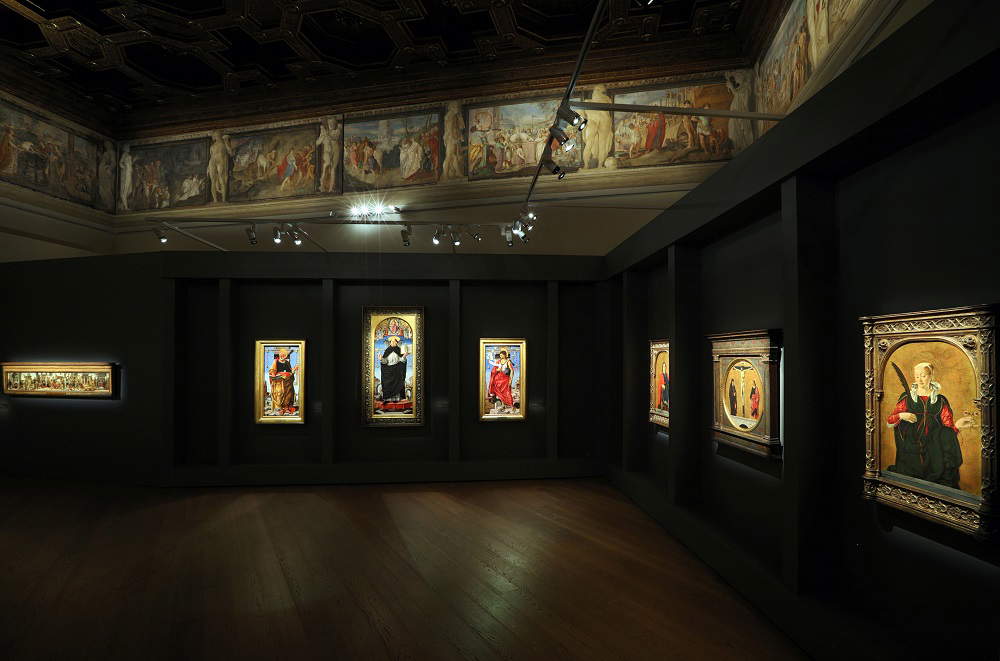 |
| Bologna, the Griffoni Polyptych exhibition at Palazzo Fava |
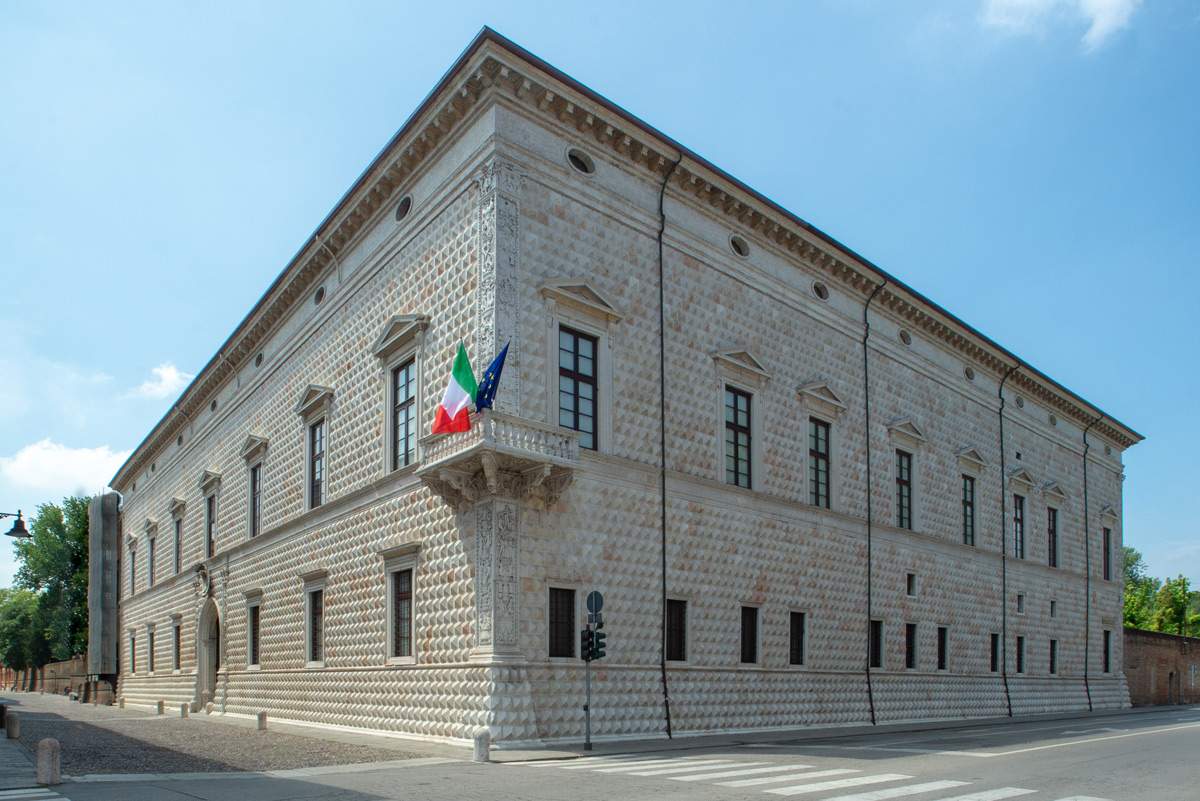 |
| Ferrara, Palazzo dei Diamanti |
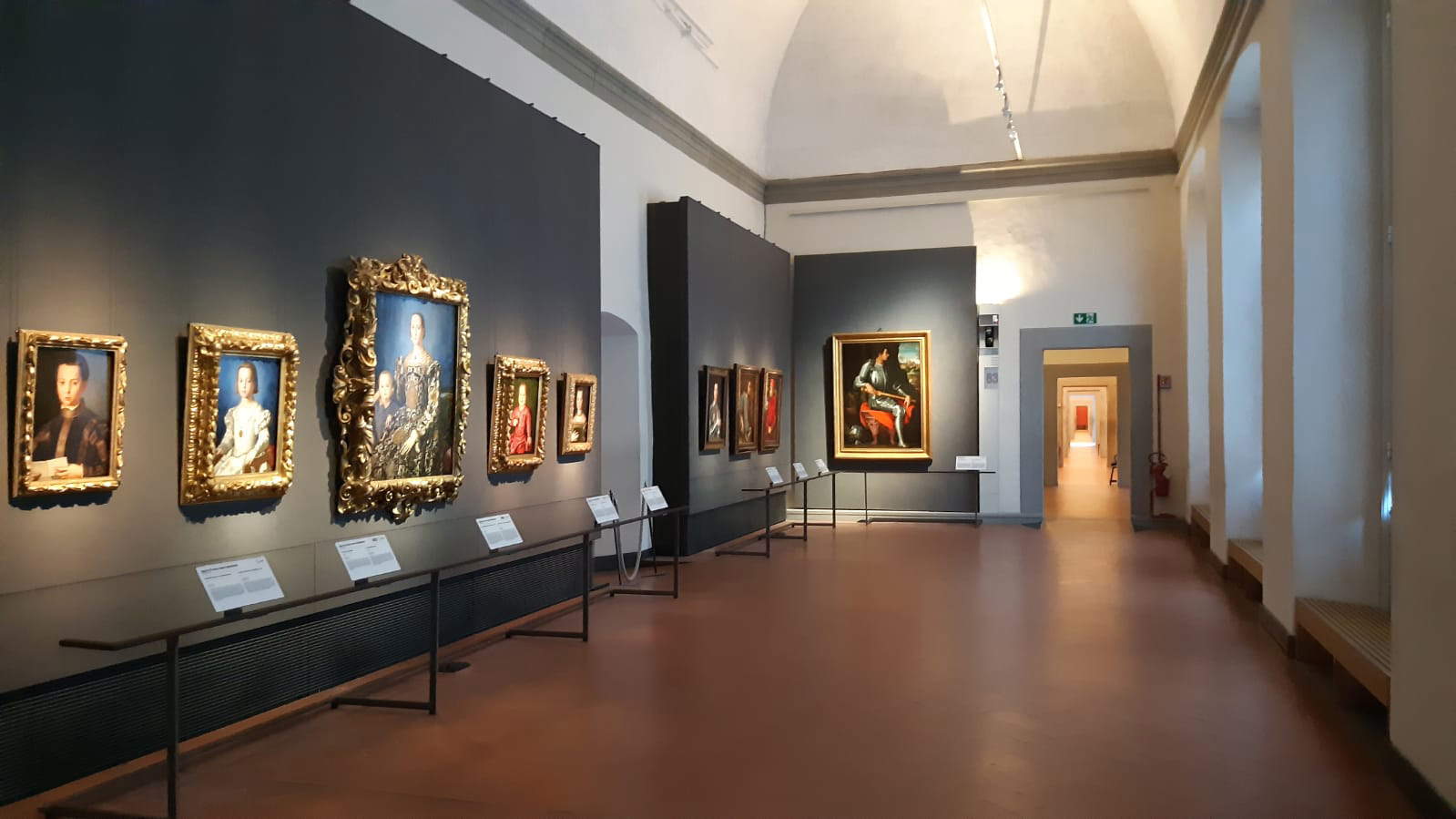 |
| Florence, Uffizi Gallery |
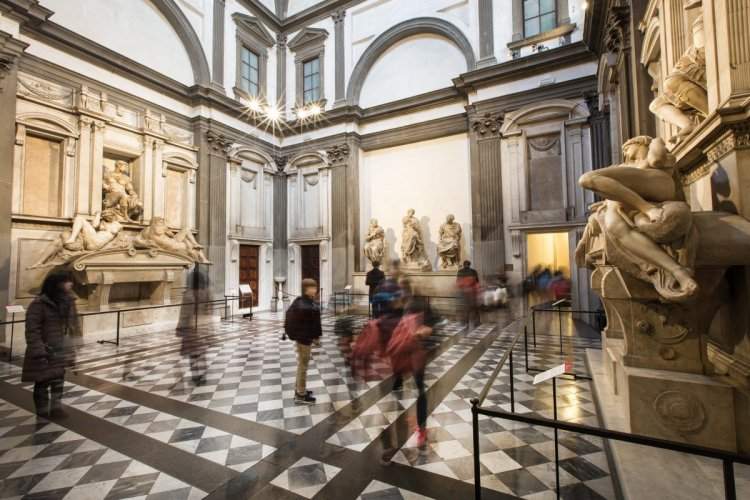 |
| Florence, Medici Chapels Museum, New Sacristy |
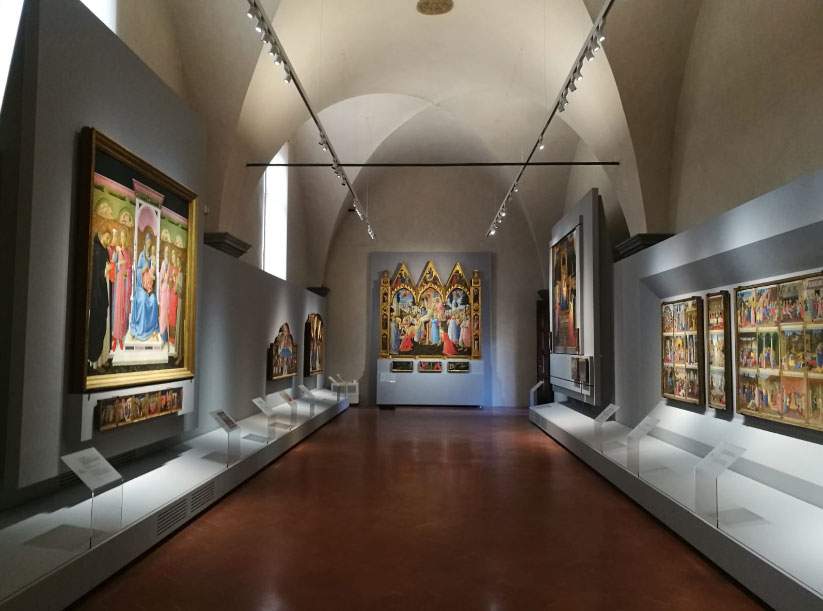 |
| Florence, National Museum of San Marco |
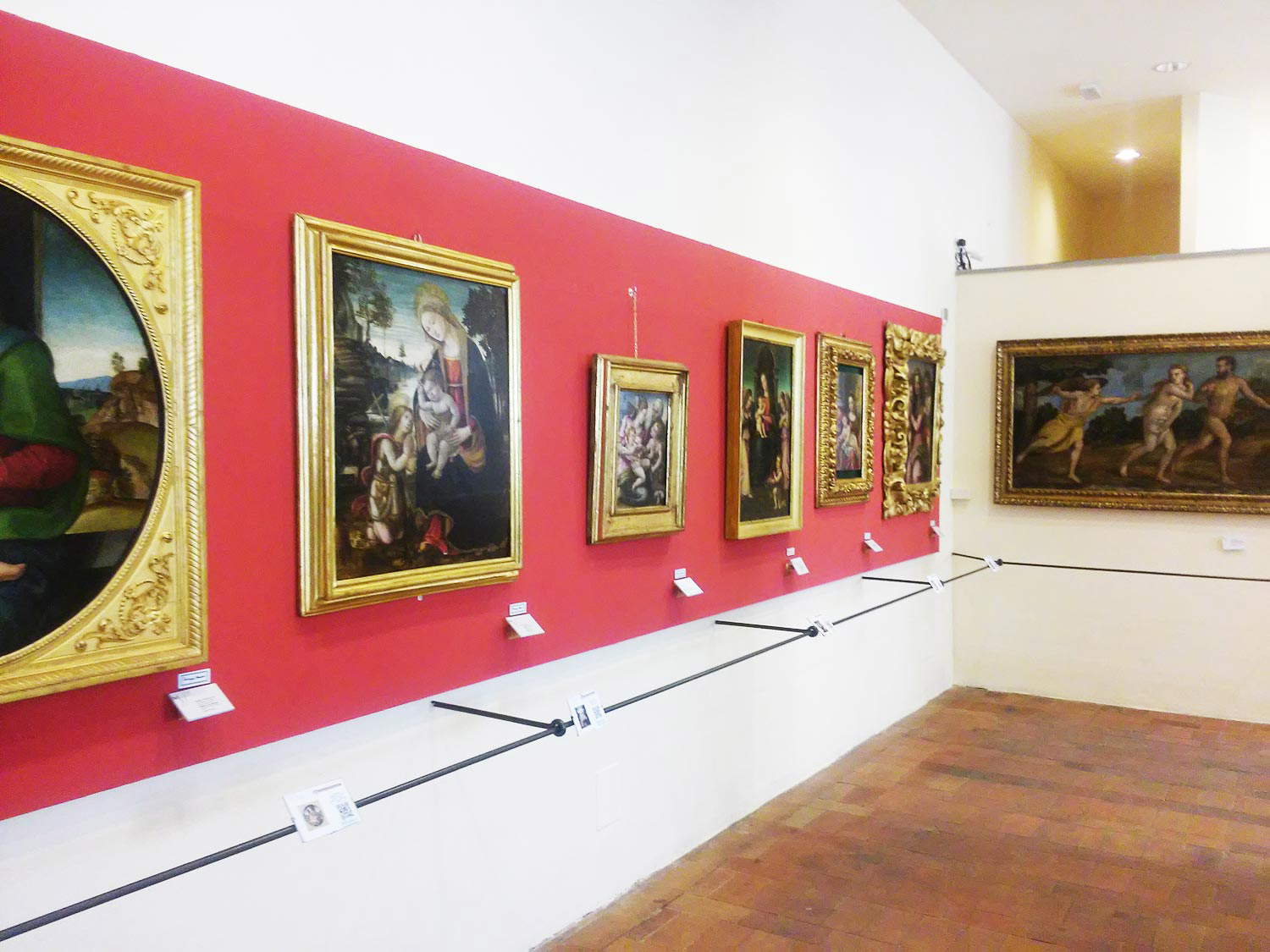 |
| Montepulciano, Museo Civico |
The trip concludes in the South, where a few days ago the director of the National Archaeological Museum in Naples, Paolo Giulierini, was among the first to bring the issue of reopenings on holidays to the agenda. “We all know that families are busy during the week,” he had told the ADN Kronos news agency, “so the best gift we can give them, and all those who love the institutes, is to reopen on Saturdays and Sundays as well. Of course, always safely, with limited numbers, but the conditions are there. I would hope that we could change course quickly by opening on Saturdays and Sundays as well.”
In the south, too, we heard the opinions of some directors, although in these areas the attitude of the institutes is more cautious, although everyone’s wish is, of course, to return to open on weekends as soon as possible. In Abruzzo, the dAbruzzo National Museum in L’Aquila has already reopened its doors. Director Maria Grazia Filetici, in office since November, had not hidden her enthusiasm (“we are happy to reopen the MuNDA,” she had said, “our goals are many, and for this we are working for new offers and enhancement programs for everyone”), and speaking with our headline she declares, “I believe that on weekends it would be important to reopen the museums also to include visitors who, for various reasons, do not have the opportunity on weekdays.”
We also tried to hear what is being said in one of the regions still remaining in the orange zone: Puglia. Here, of course, museums are still closed and it is difficult to make predictions at the moment. This is what Eva Degl’Innocenti, director of the National Archaeological Museum in Taranto, tells us: “In Puglia, the data on the contagion are still worrying. It is necessary to lower the mortality and contagion figures as soon as possible, while keeping the museum’s relationship with its entire community alive through the tools we have at our disposal: webinars, live digital lectures, virtual tours. We are already prepared for safe in-person visits, but as soon as those figures come back down.”
Finally, on openings on holidays, Francesco Sirano, director of the Archaeological Park of Herculaneum, another institution among the first to reopen, as of last Jan. 18, does not budge. “These decisions of opportunity,” Sirano stresses, “are made by the minister coordinating with the scientific committee, at this time there is a need for unity of purpose and trust in those who make decisions of general interest. We all hope to return to normal soon. But let’s not forget why we are closed. Of course we are looking forward to the conditions for opening on weekends as well. That would be a nice and desirable thing, but we have to come to terms with reality, we have to be patient and responsible to remember that we are part of a complex society with many interactions. We are confidently waiting for decisions.”
At the end of the trip, there is a sense that the museums are ready for the challenge: practically all of them have shown that they have worked to the best of their ability, commendably, both to prepare the halls for the reopenings (and the flows, these days, are being handled without any problems) and to ensure that the public does not miss them. It is therefore right that we begin to think about the usual reopenings on holidays: it certainly does not mean underestimating the risks of pandemic. However, that of museums is an area in which the needs of containing the contagion can safely coexist with those of the public who wish to return to cultural venues and those of museums that are eager to welcome them back to the halls.
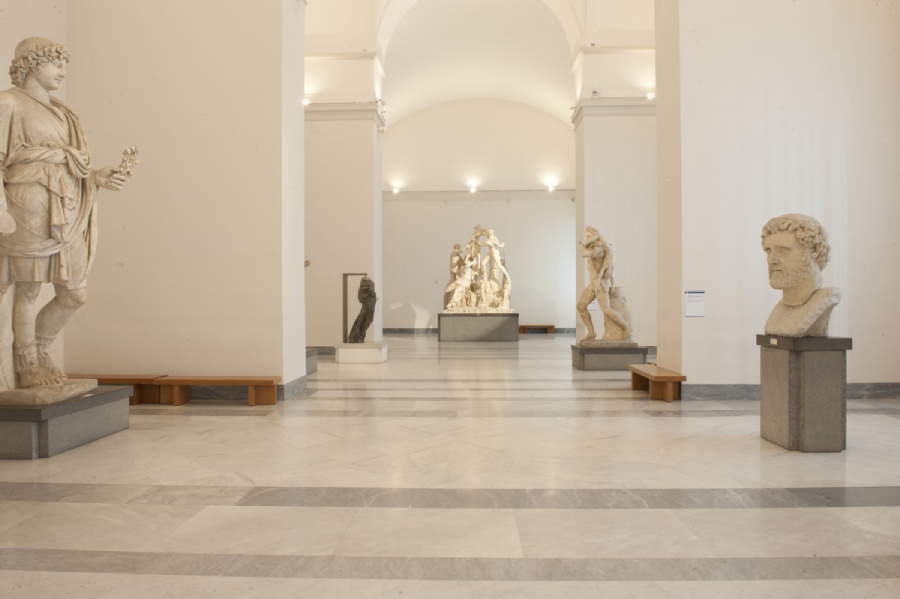 |
| Naples, National Archaeological Museum, the Hall of the Farnese Bull |
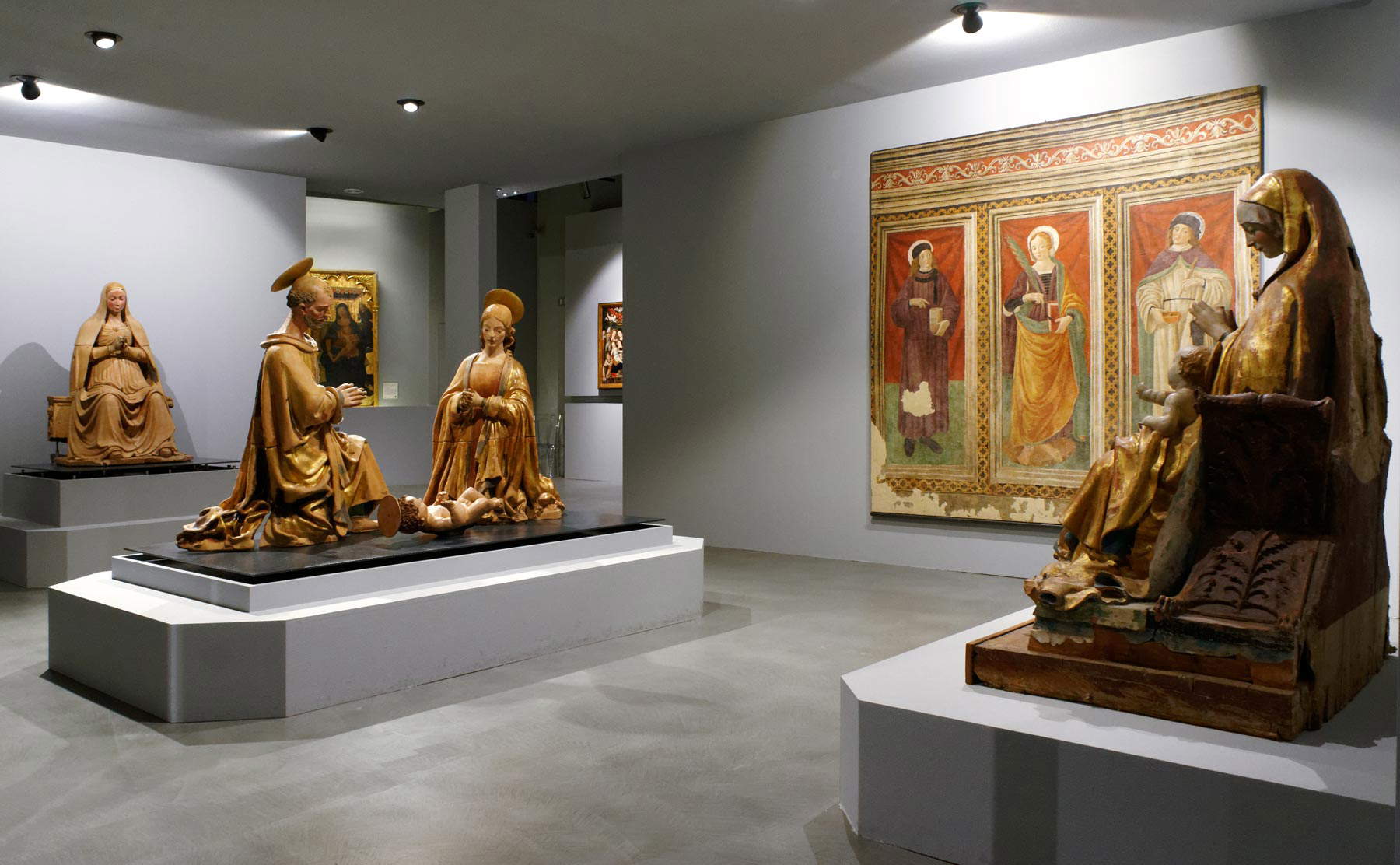 |
| LAquila, Museo Nazionale dAbruzzo |
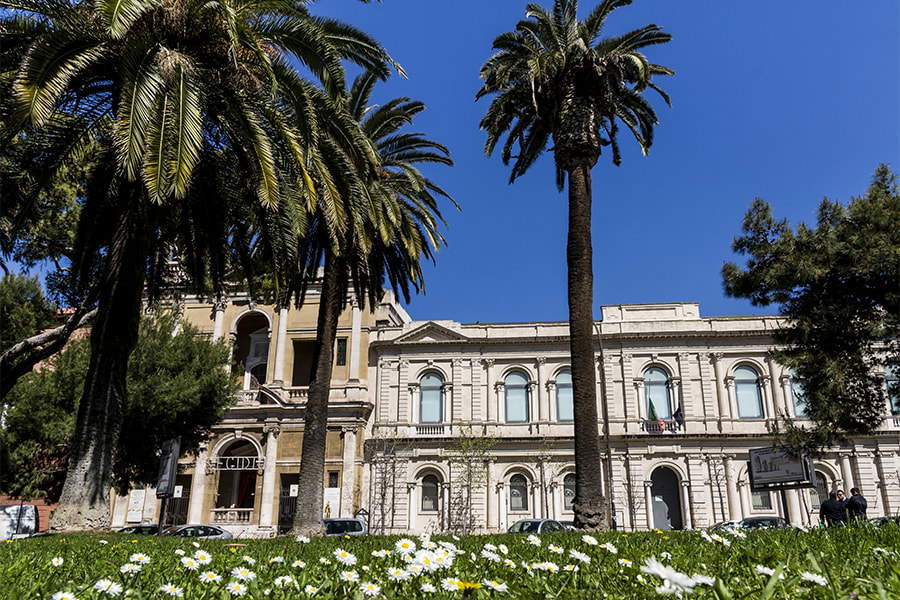 |
| Taranto, National Archaeological Museum |
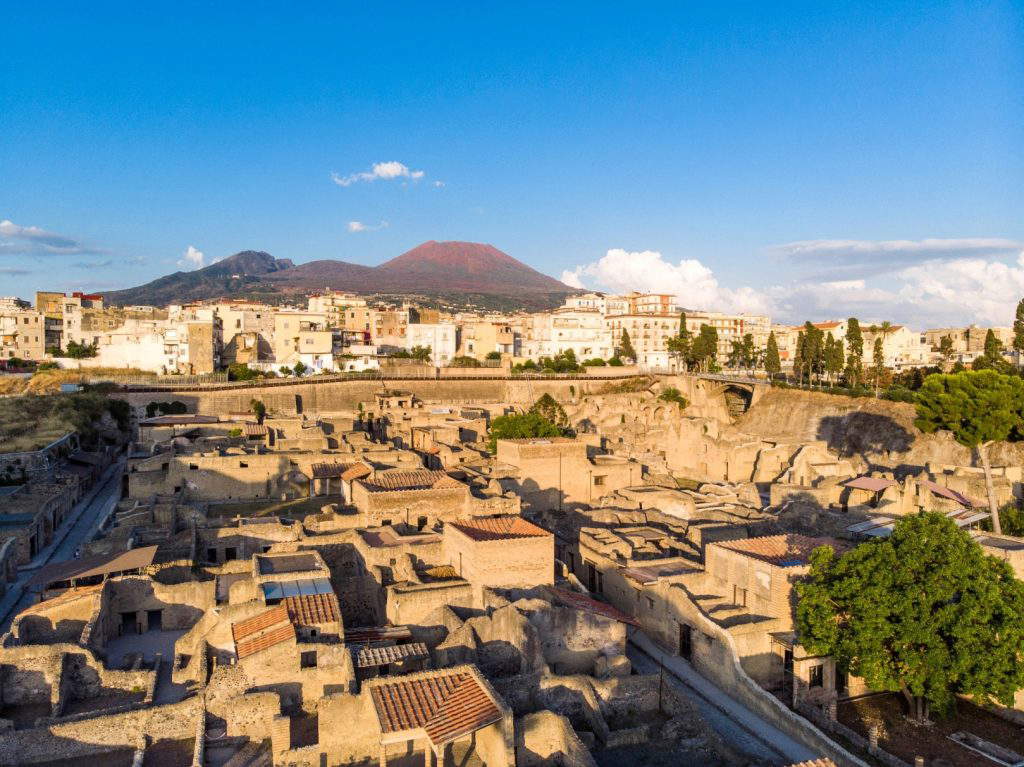 |
| Herculaneum, Archaeological Park |
Warning: the translation into English of the original Italian article was created using automatic tools. We undertake to review all articles, but we do not guarantee the total absence of inaccuracies in the translation due to the program. You can find the original by clicking on the ITA button. If you find any mistake,please contact us.